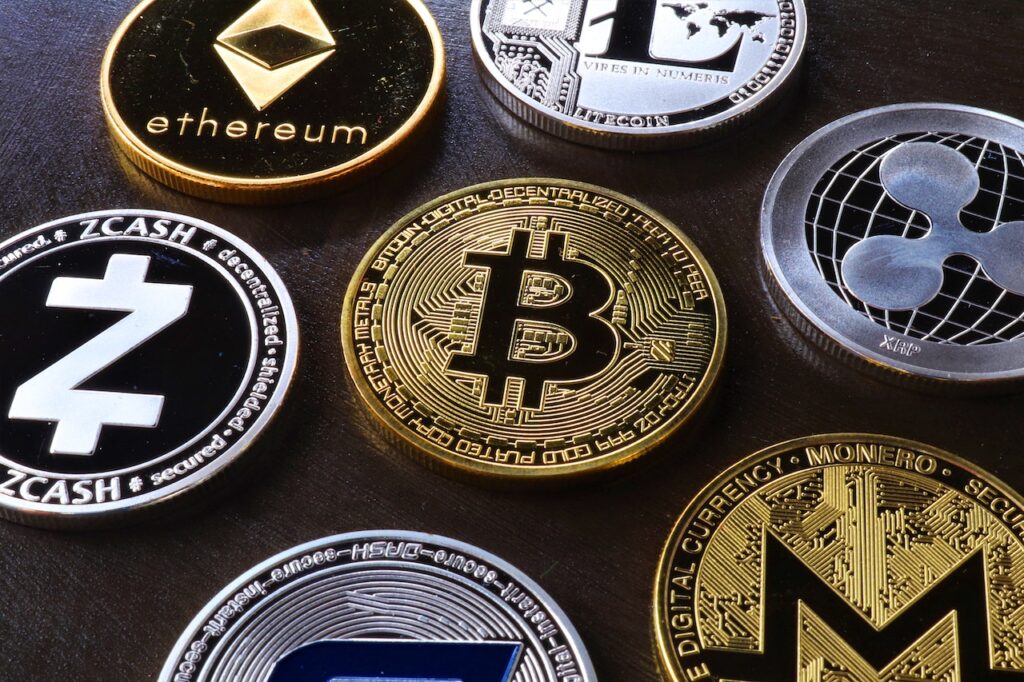The world of cryptocurrencies is constantly evolving, and with each passing day, new projects and innovations emerge to push the boundaries of what is possible. While Bitcoin continues to dominate the market, alternative cryptocurrencies, or altcoins, are garnering increased attention and interest from investors and enthusiasts alike. In this article, we will explore some of the most exciting upcoming projects and innovations in the crypto space, giving you a glimpse of what the future holds.
DeFi Revolution
Decentralized Finance, or DeFi, has been one of the hottest trends in the crypto industry. It aims to recreate traditional financial systems using blockchain technology and smart contracts. While Ethereum has been the primary platform for DeFi applications, several upcoming altcoins are set to offer innovative solutions. Projects like Polkadot, Solana, and Avalanche are creating scalable and interoperable platforms that aim to revolutionize DeFi by addressing issues such as scalability, high transaction fees, and network congestion.
NFT Expansion
Non-Fungible Tokens (NFTs) have taken the world by storm, bringing digital ownership and provenance to various industries. While Ethereum-based NFTs have dominated the market, several altcoins are emerging to provide unique features and improved user experiences. Tezos, for instance, offers self-amendment capabilities and low transaction fees, making it an attractive platform for NFT creators and collectors. Other projects, such as Flow and WAX, focus on providing user-friendly marketplaces and seamless NFT trading experiences.
Privacy Enhancements
Privacy has been a longstanding concern in the cryptocurrency space, and many upcoming altcoins are addressing this issue head-on. Projects like Monero, Zcash, and Beam focus on providing enhanced privacy features by utilizing advanced cryptographic techniques such as ring signatures, zero-knowledge proofs, and confidential transactions. These altcoins aim to offer users the ability to transact anonymously and ensure their financial information remains private and secure.
Cross-Chain Compatibility
Interoperability between different blockchain networks is crucial for the growth and adoption of cryptocurrencies. Several altcoins are working on creating bridges and protocols to enable seamless communication and value transfer across multiple chains. Projects like Cosmos, Chainlink, and Polkadot are building infrastructure layers that facilitate cross-chain interoperability, allowing users to access the benefits and features of different blockchain networks without limitations.
Energy Efficiency and Sustainability
With the increasing environmental concerns surrounding cryptocurrencies, there is a growing demand for energy-efficient and sustainable blockchain solutions. Altcoins like Cardano and Algorand are incorporating proof-of-stake (PoS) consensus algorithms, which consume significantly less energy compared to the traditional proof-of-work (PoW) algorithms used by Bitcoin. These projects aim to reduce the carbon footprint of blockchain technology while maintaining high security and decentralization.
Decentralized Social Networking
Social media platforms have become an integral part of our daily lives, but they are often centralized and prone to censorship and data breaches. Altcoins such as Steem and Hive are introducing decentralized social networking platforms that empower users and reward content creators. By leveraging blockchain technology, these projects enable users to have full control over their data, eliminate intermediaries, and earn cryptocurrencies based on their contributions to the network.
Gaming and Virtual Realities
The gaming industry has embraced cryptocurrencies and blockchain technology, offering unique opportunities for innovation. Altcoins like Enjin and Decentraland are creating virtual worlds where users can own, trade, and monetize in-game assets using blockchain technology. These projects are blurring the lines between virtual and real-world economies, opening up new possibilities for gamers and content creators.

As the crypto space continues to evolve, it is important to conduct thorough research and due diligence before investing in any altcoin. While the projects mentioned in this article show great promise, the cryptocurrency market is highly volatile, and risks are inherent. It is crucial to stay informed, diversify your investments, and consider your risk tolerance before engaging in any cryptocurrency-related activities.
The world of altcoins is brimming with potential, and upcoming projects and innovations are set to reshape the crypto space. Whether it is the DeFi revolution, NFT expansion, privacy enhancements, cross-chain compatibility, energy efficiency, decentralized social networking, or gaming and virtual realities, each development brings unique opportunities and challenges. By staying informed and keeping an eye on these upcoming projects, you can position yourself to ride the wave of innovation in the crypto space and potentially reap the rewards of the digital revolution.







